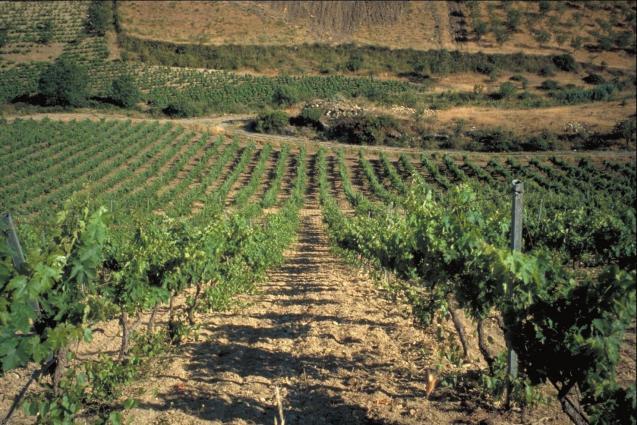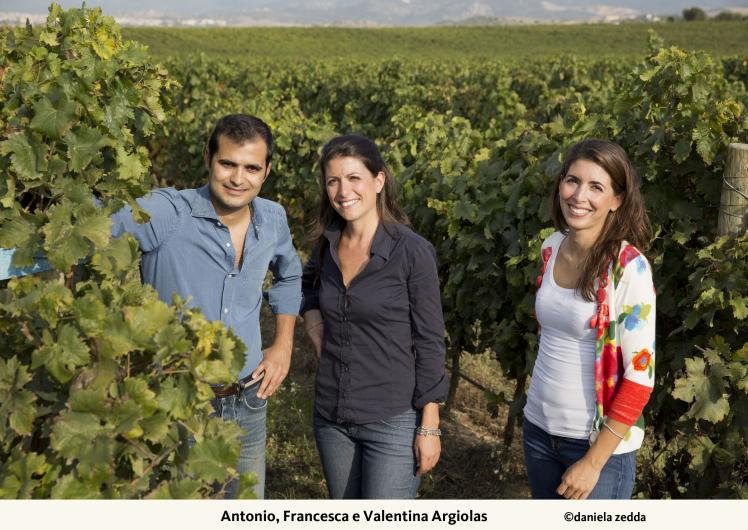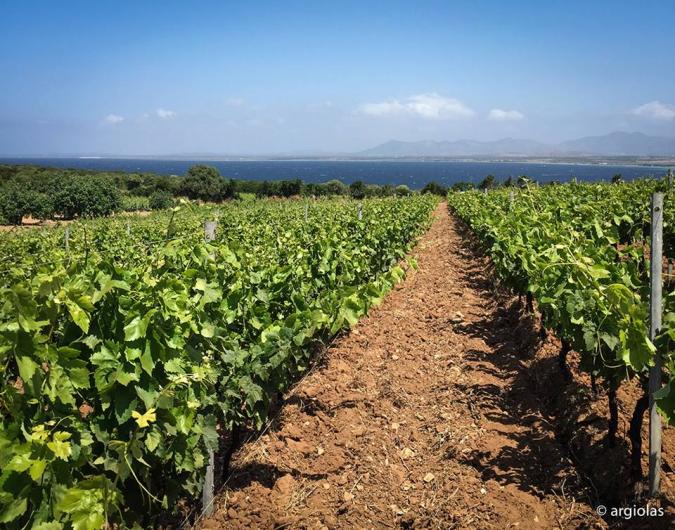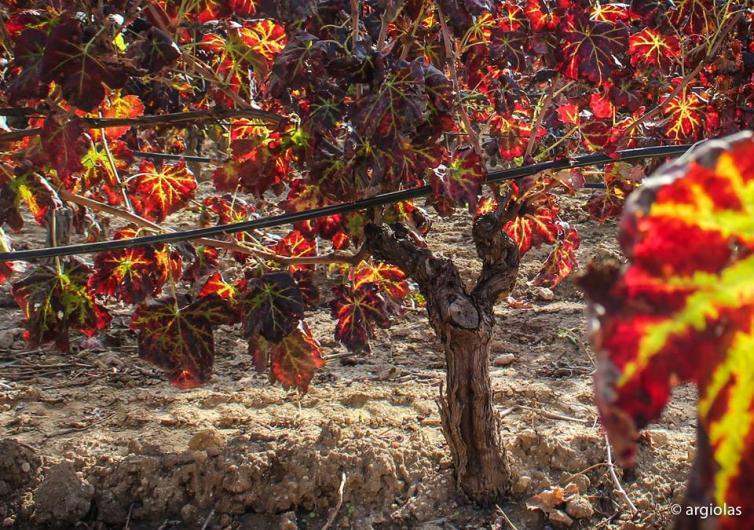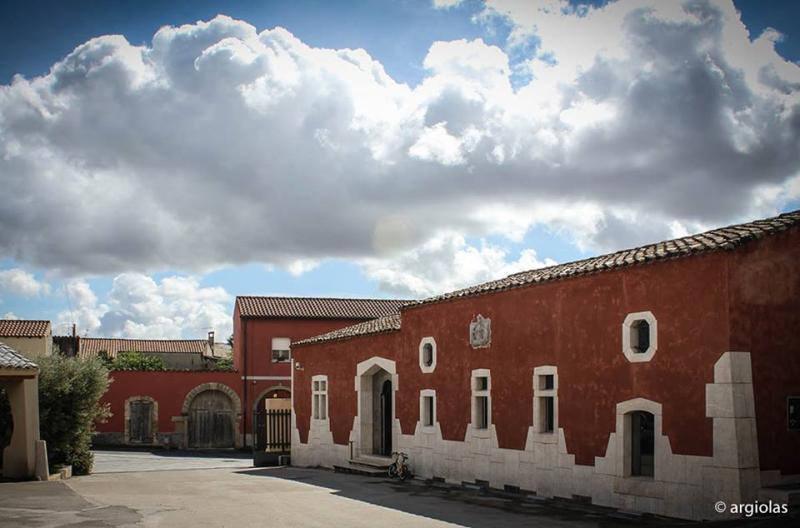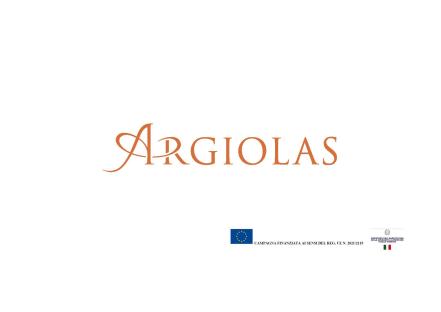Argiolas
Cardanera
Argiolas
Cardanera
Wine Production
Harvesting occurs when the grapes reach ultimate ripeness, to obtain balanced tannins with the freshness’s and softness typical for young style of carignano.
Fermentation and maceration occur at a controlled temperature, for an average period of 12-15 days. The wine is then transferred to cement tanks, where malolactic fermentation occurs.
Tasting Notes
Color: ruby red. Nose: intense, perfume with notes of wild “macchia Mediterranea” smells and fresh red fruit. Palate: fresh, savory, balanced. with a fine and balanced tannins.
Food Pairing
First courses with meat-based condiments such as lasagna or pasta with dumplings (ravioli), poultry and roast meats. medium seasoning cheeses.
Wine Production
Harvesting occurs when the grapes reach ultimate ripeness, to obtain balanced tannins with the freshness’s and softness typical for young style of carignano.
Fermentation and maceration occur at a controlled temperature, for an average period of 12-15 days. The wine is then transferred to cement tanks, where malolactic fermentation occurs.
Tasting Notes
Color: ruby red. Nose: intense, perfume with notes of wild “macchia Mediterranea” smells and fresh red fruit. Palate: fresh, savory, balanced. with a fine and balanced tannins.
Food Pairing
First courses with meat-based condiments such as lasagna or pasta with dumplings (ravioli), poultry and roast meats. medium seasoning cheeses.
Brand Materials
Vineyard & Production Info
Winemaking & Aging
Analytical Data
About the Vineyard
The vineyard is very close to the sea side, in the south of Sardinia. Soils in the vineyard are a combination of sand and clay. There is no irrigation, but humidity from the sea keeps the vineyard hydrated. The strong sea breeze keeps the air circulating throughout the grapes.

